Sensoji Temple
Sensoji Temple in Asakusa, Tokyo, is Tokyo’s oldest and most visited temple. Sensoji is distinguished by its
Kaminarimon outer gate that is a popular spot for taking photos, as well as Nakamise, the corridor of shops that leads to the
temple. Sensoji is also the site of Tokyo’s largest and most popular Shinto festival, the Sanja Matsuri, which
takes place each spring.
![]()
History of Sensoji
Legend has it that a statue of Kannon, the Buddhist goddess of mercy, was found in the Sumida River in 628 by two
fishermen. The head of the village enshrined the statue, and the temple, Tokyo’s oldest, was built in the
year 645. Sensoji was partially destroyed during World War Two, but was later rebuilt.
![]()
Features of Sensoji
Kaminarimon (Thunder Gate)
Kaminarimon (literally “thunder gate”) is the outer gate of Sensoji famous for the massive and picturesque red
lantern. It is pretty much obligatory that every tourist take a picture in front of Kaminarimon; otherwise, no one
will believe that you actually visited Japan!
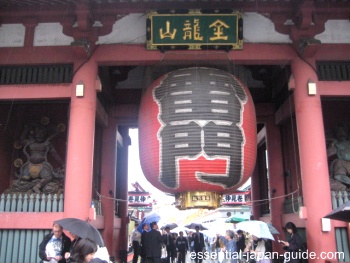
Nakamise
Just inside Kaminarimon is Nakamise, a strip of little shops selling a variety of Japanese souvenirs (omiyage),
including folding paper fans, toys, traditional Japanese sweets, kimono and yukata, and even Japanese swords.
Hardly a modern tourist trap, these Nakamise shops have actually been around in some form for centuries!
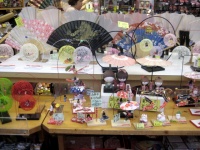
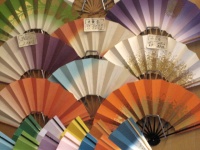
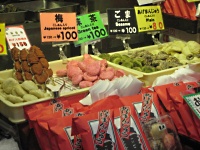
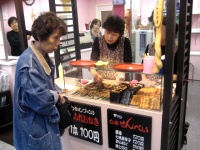
Hozomon Gate (Treasure House Gate)
At the end of Nakamise is Hozomon Gate, the inner gate with an equally
impressive red lantern leading to the Temple grounds.
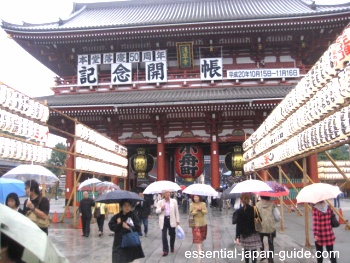
Sensoji Grounds
Once you pass through Hozomon Gate, you’ll see the temple in front of you.
To the left there is an impressive five-story pagoda.
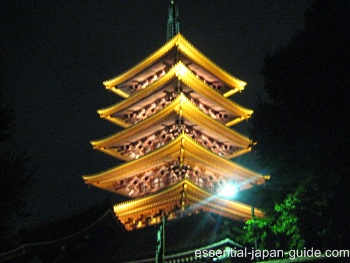
You’ll see a purification well for visitors to purify themselves by rinsing their hands before entering the temple.
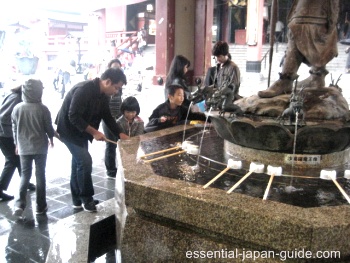
There are also stalls where you can receive an “omikuji” paper fortune for a donation of 100 yen.
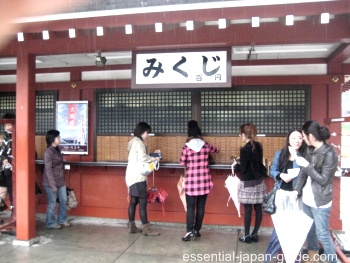
Finally, you’ll climb the flight of stairs and reach Sensoji Temple itself, where you can offer a prayer or simply admire the impressive structure.
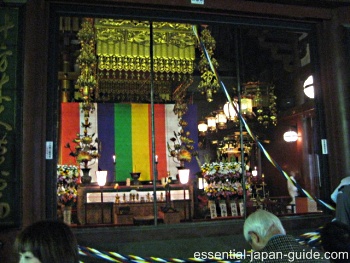
Although a bit on the touristy side, the cultural importance and architectural beauty of Sensoji Temple makes this a worthwhile
Tokyo attraction to visit!
![]()
|
![]()
